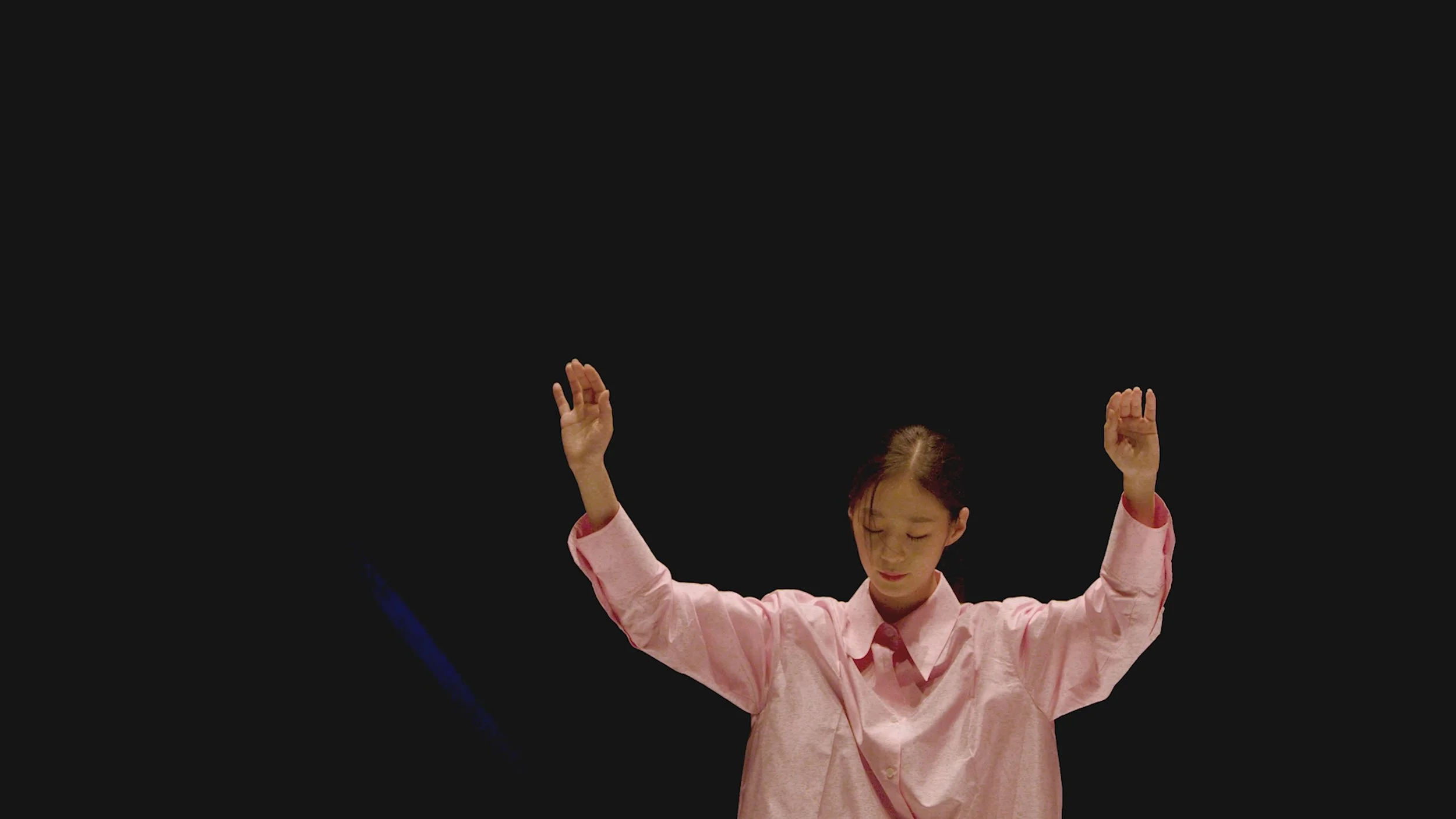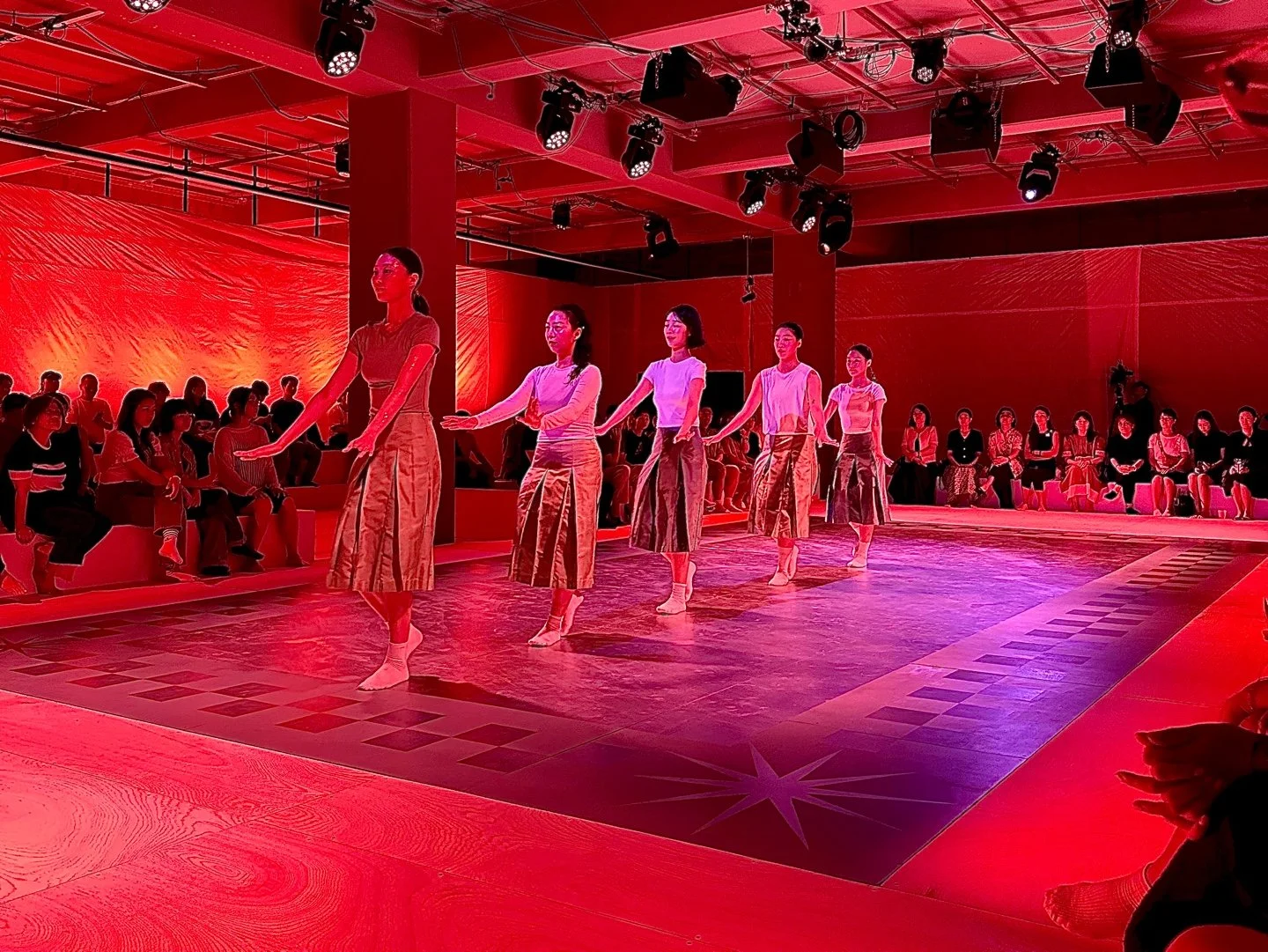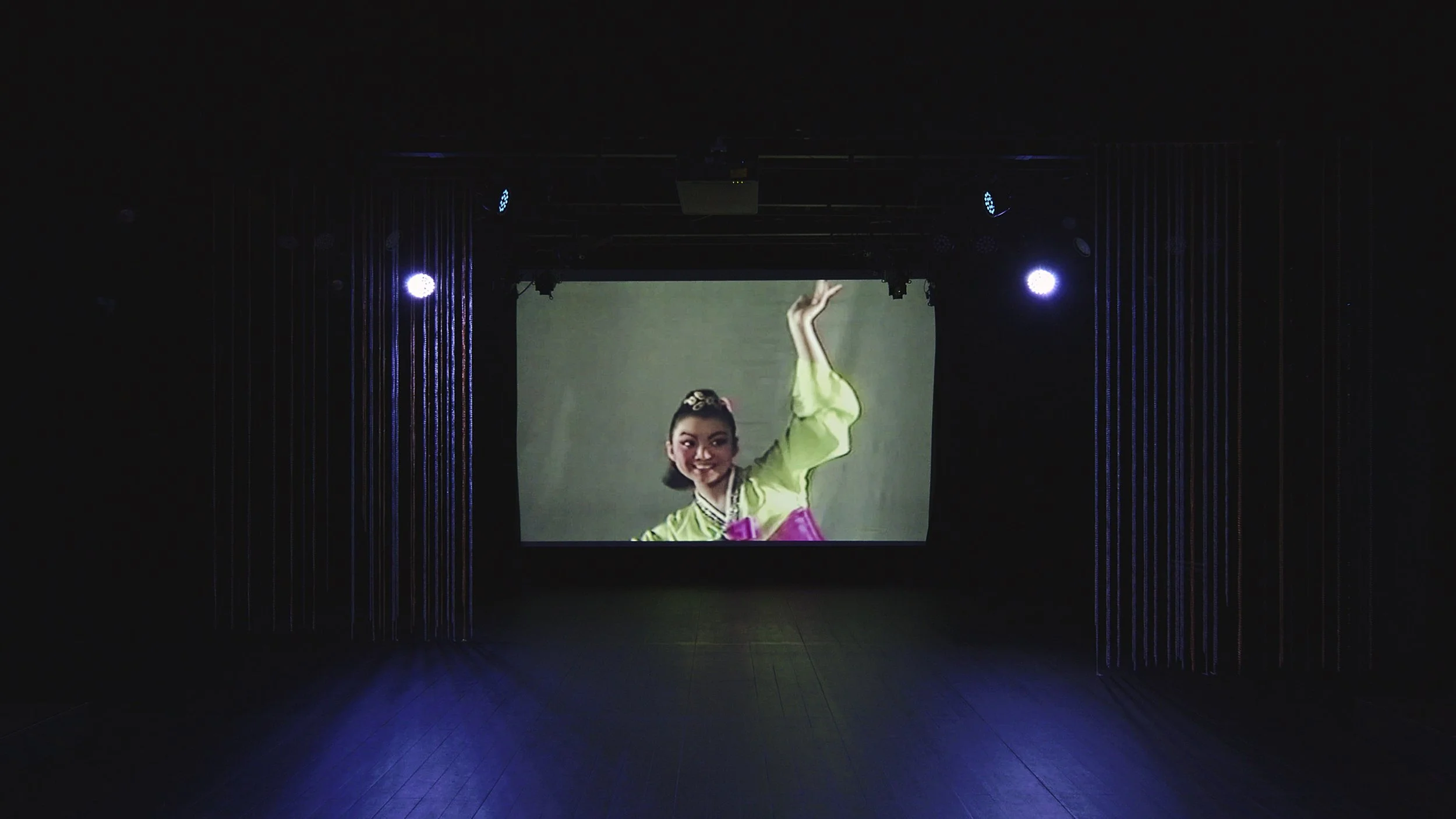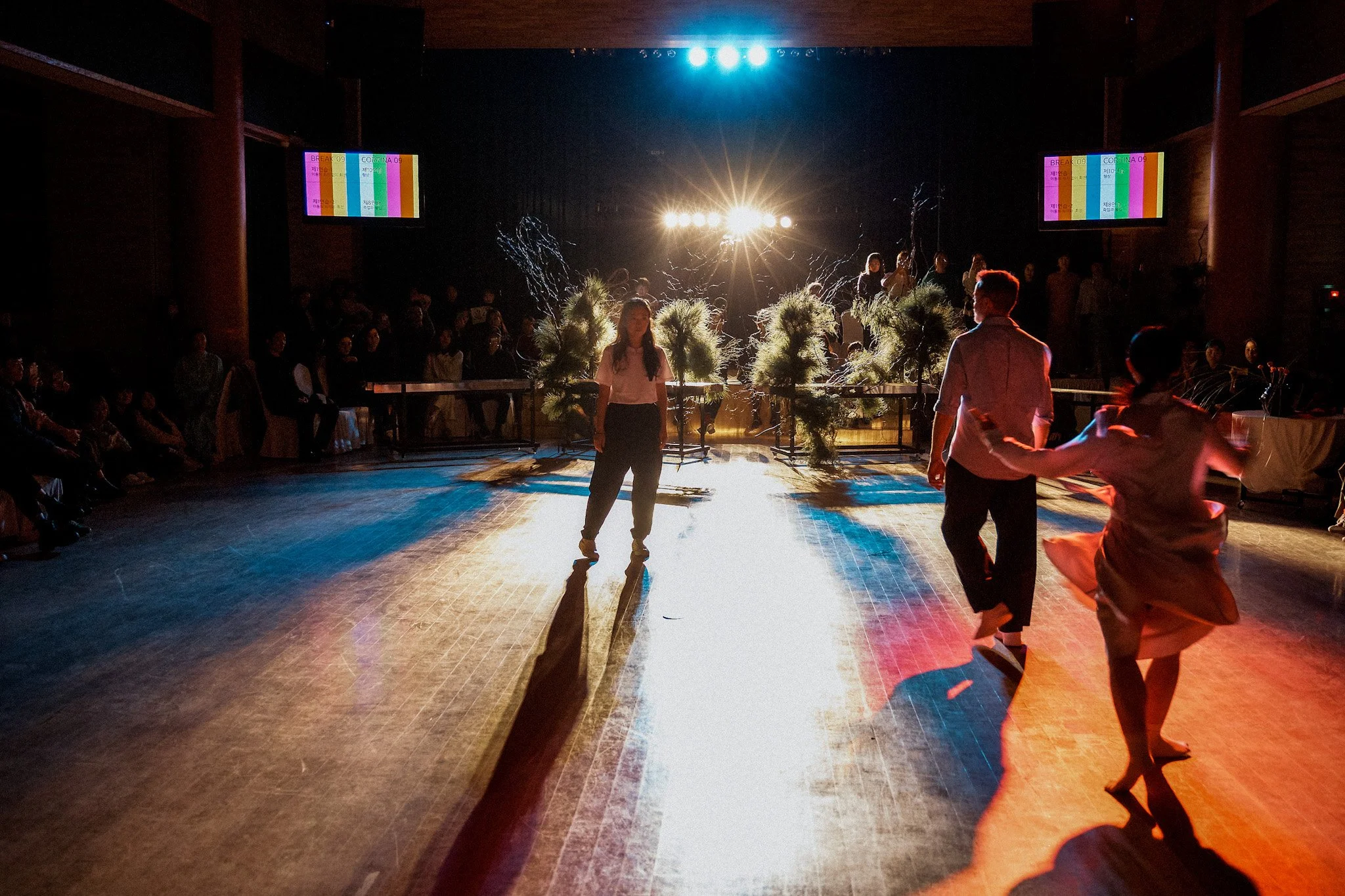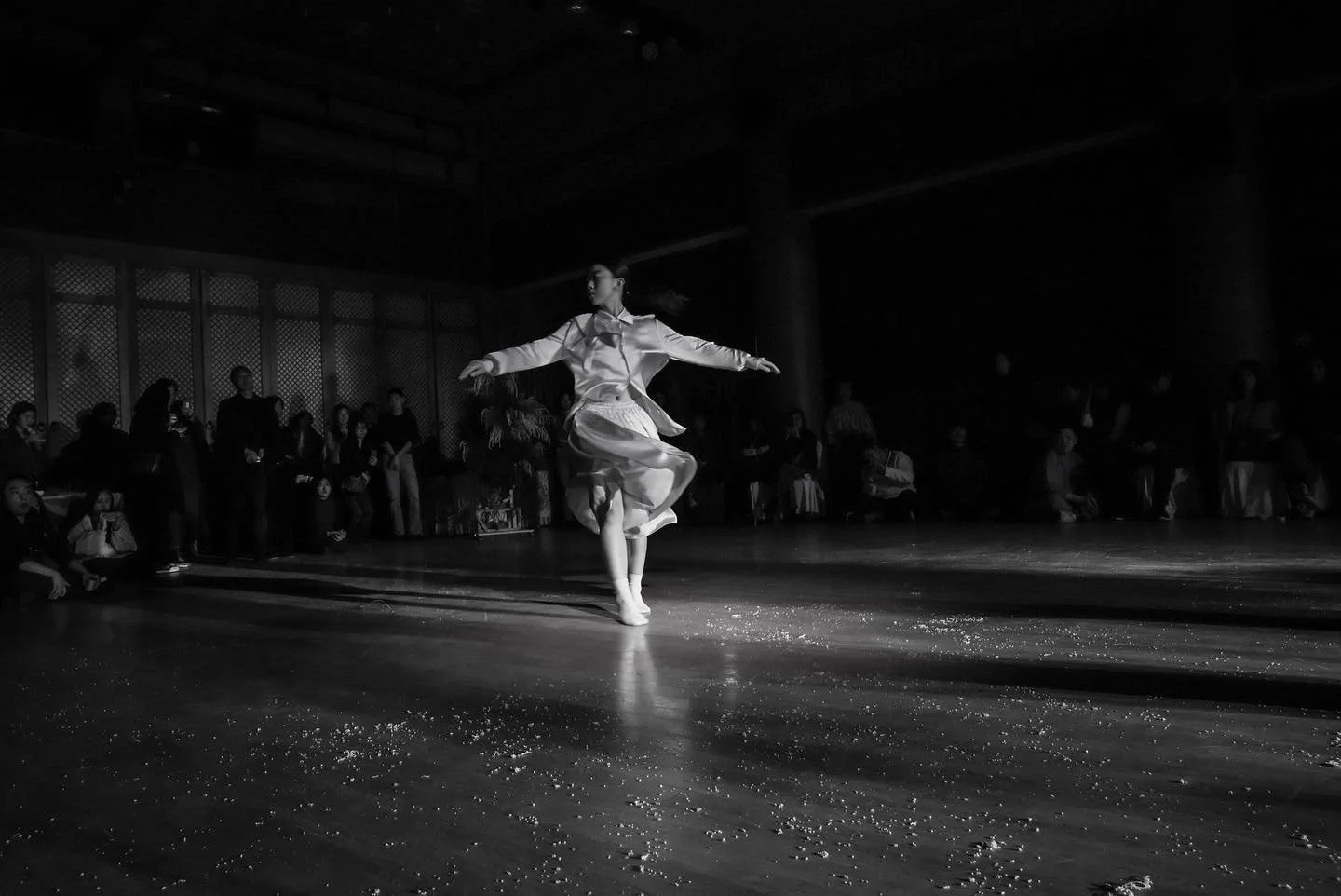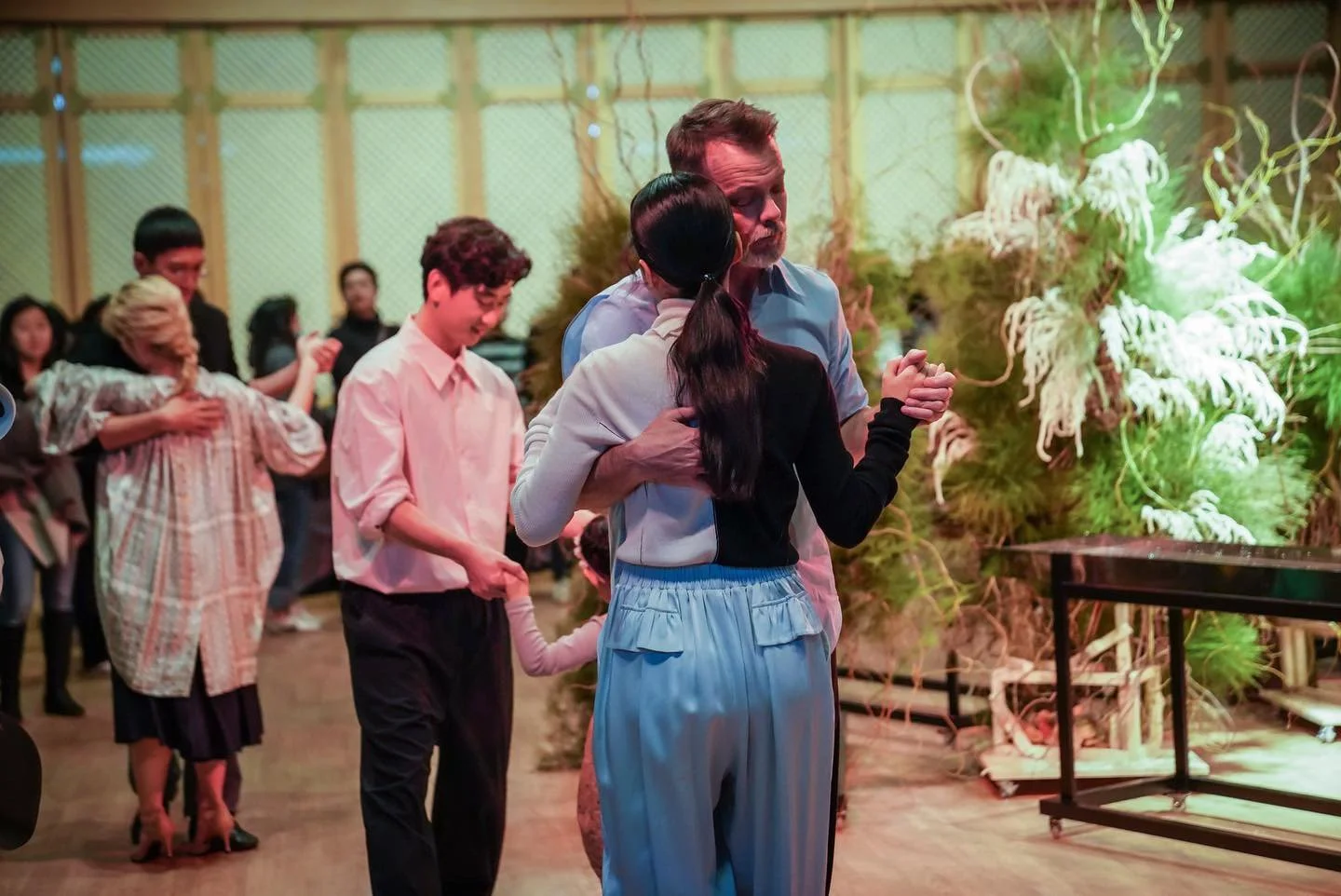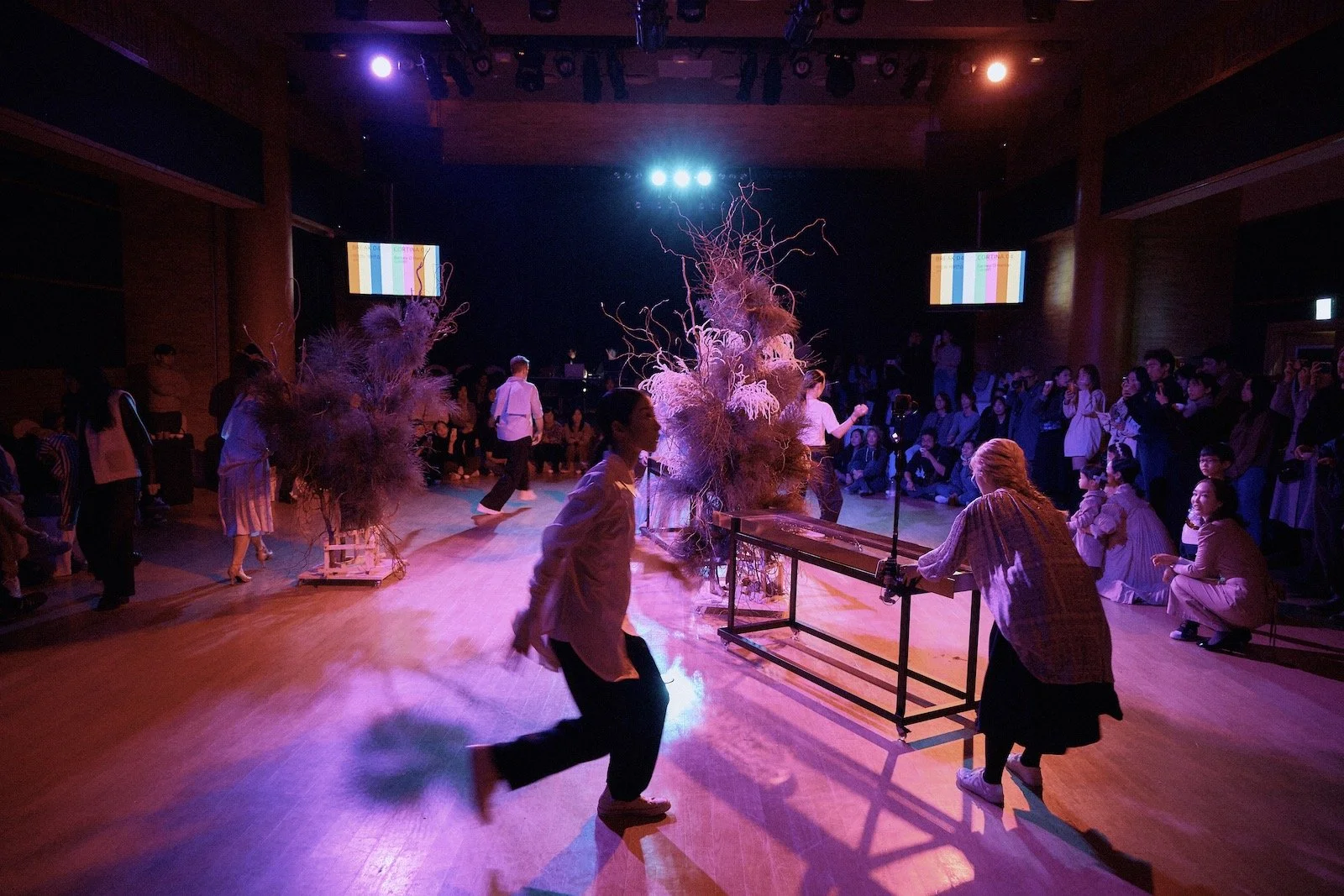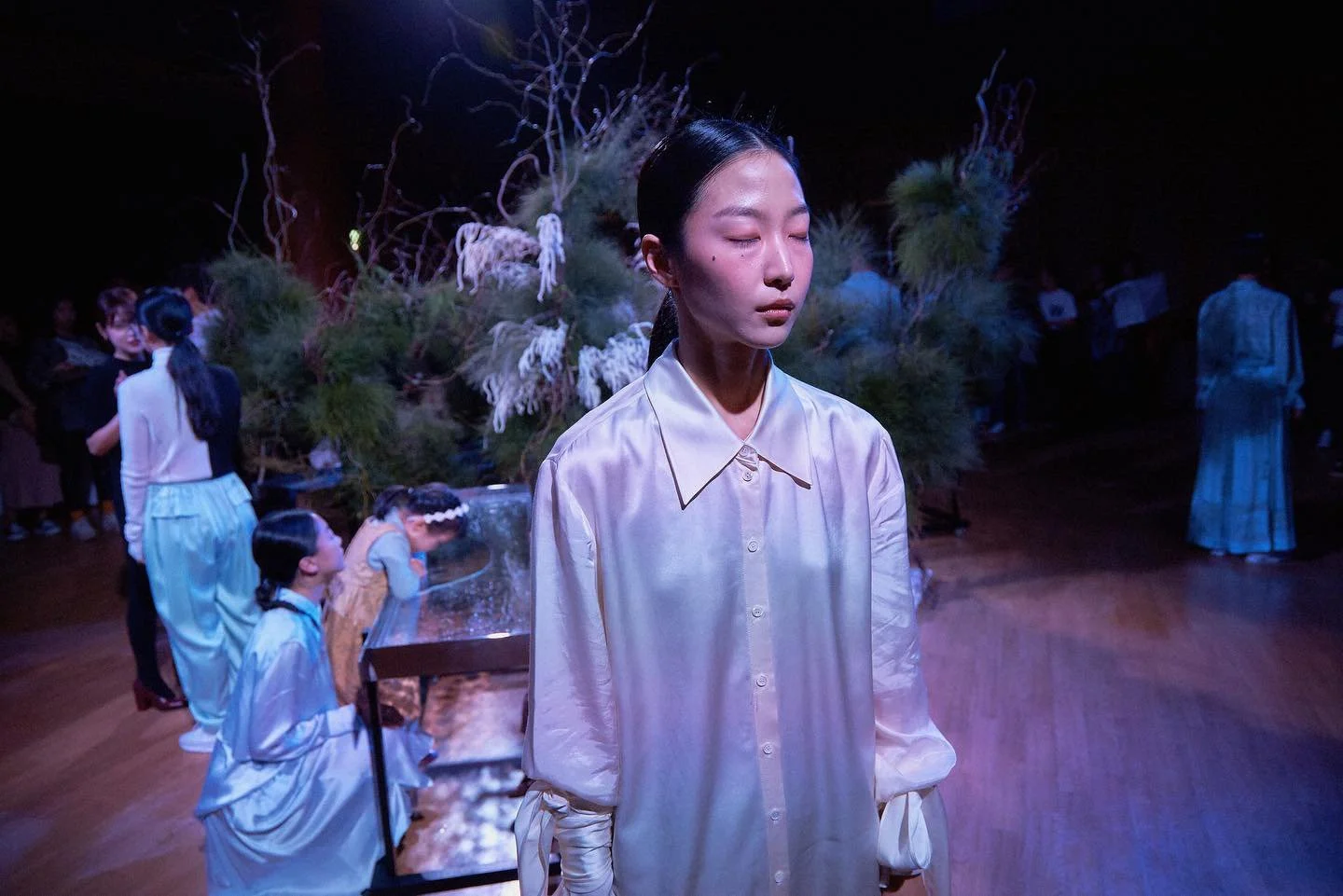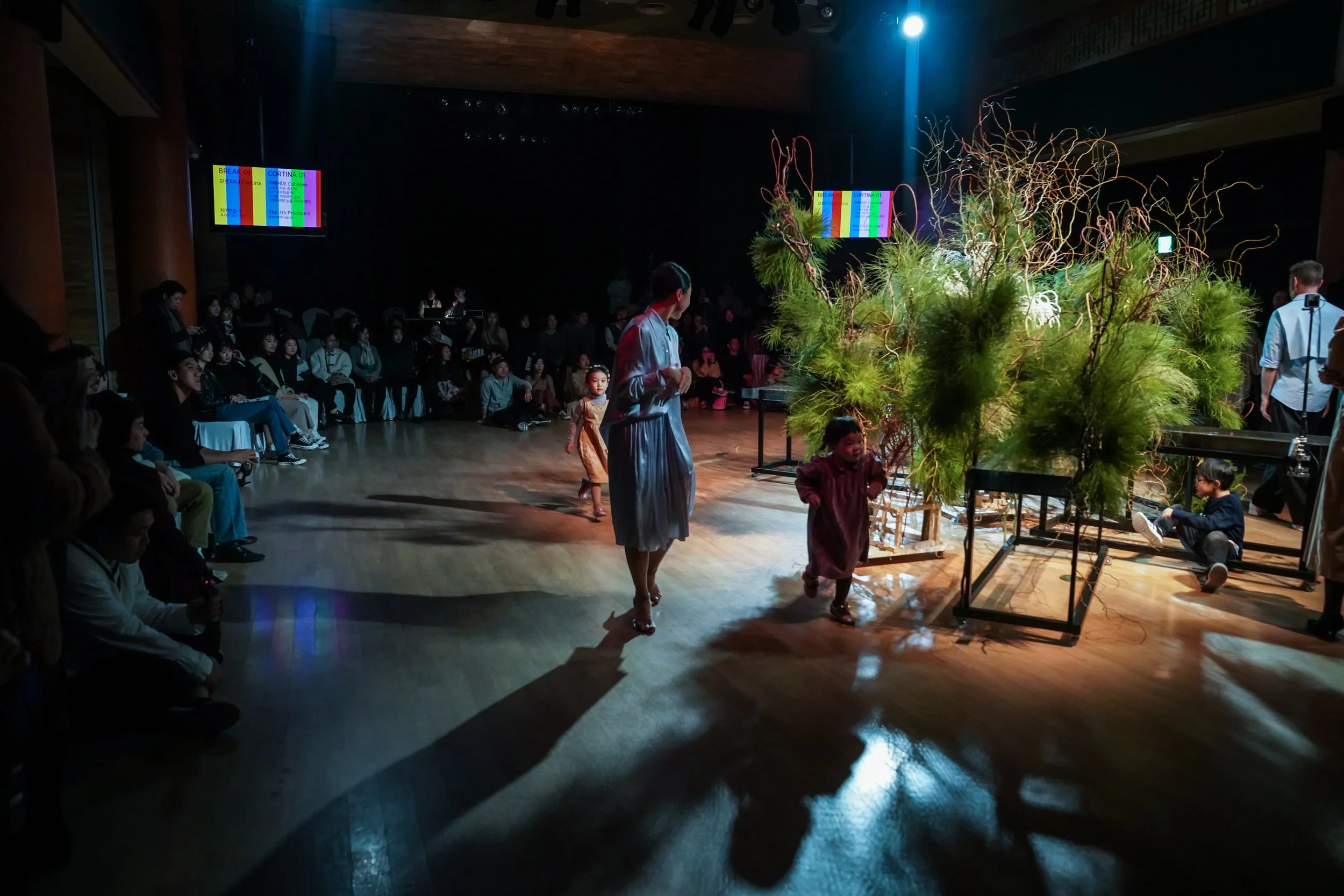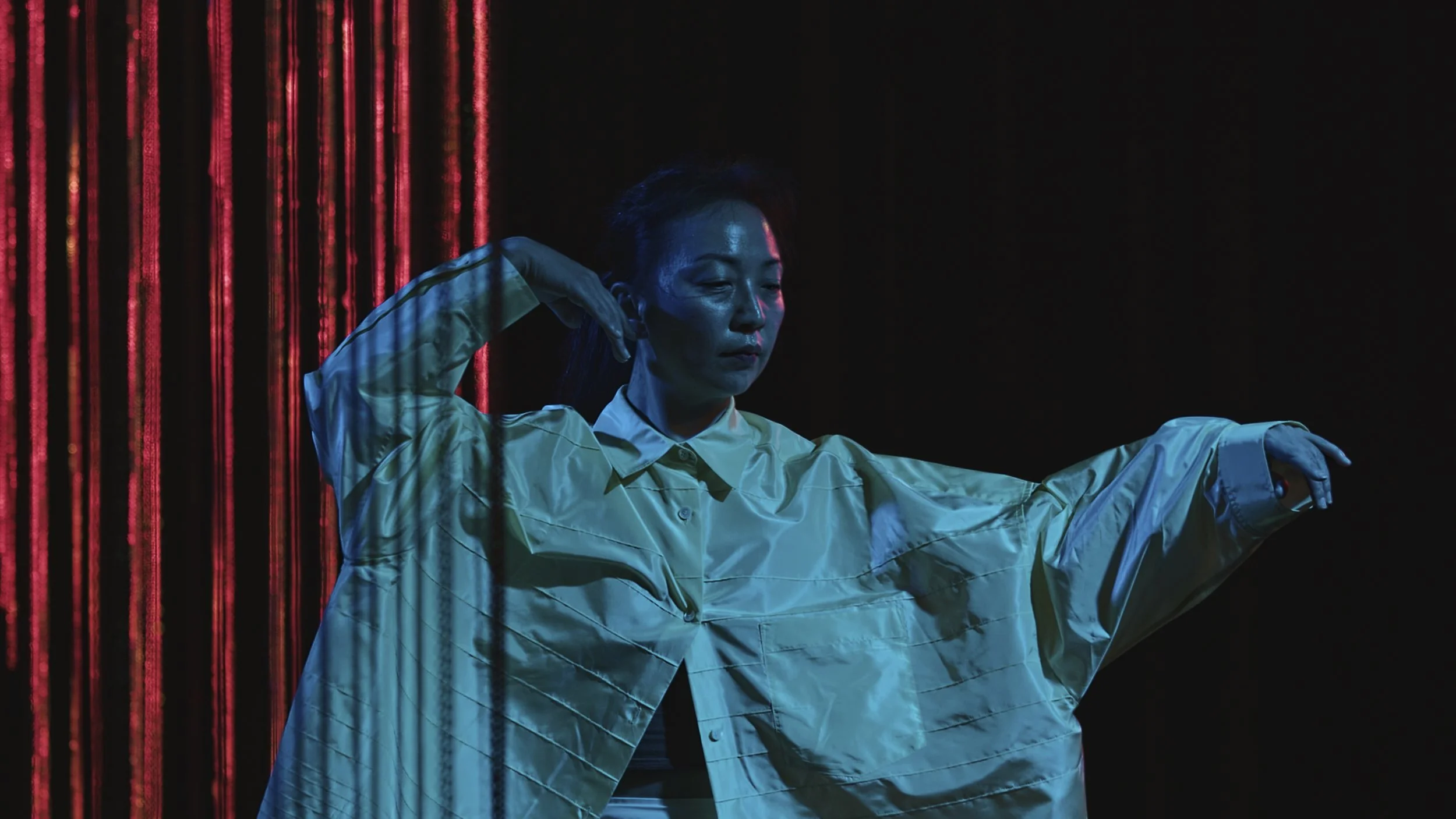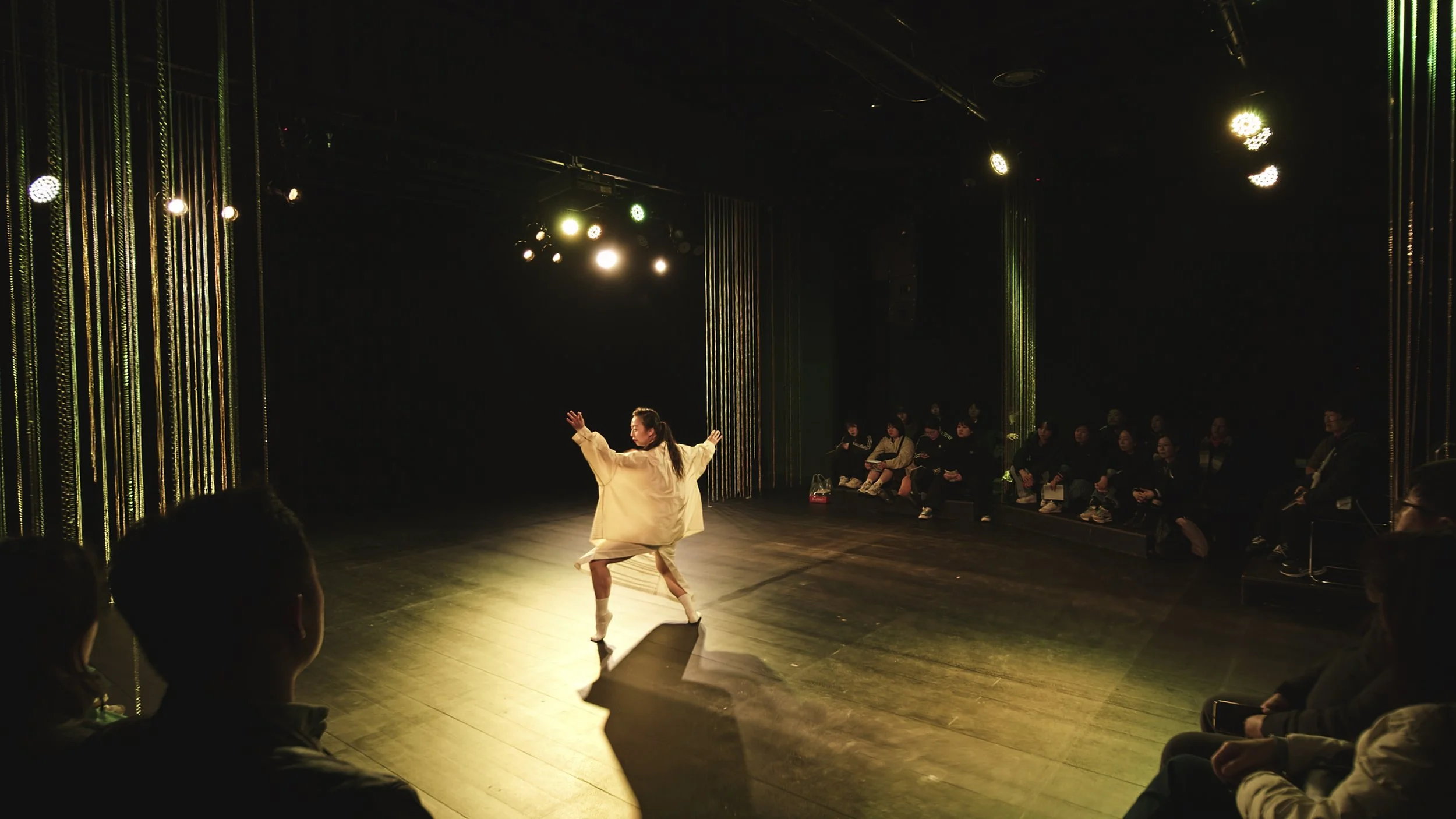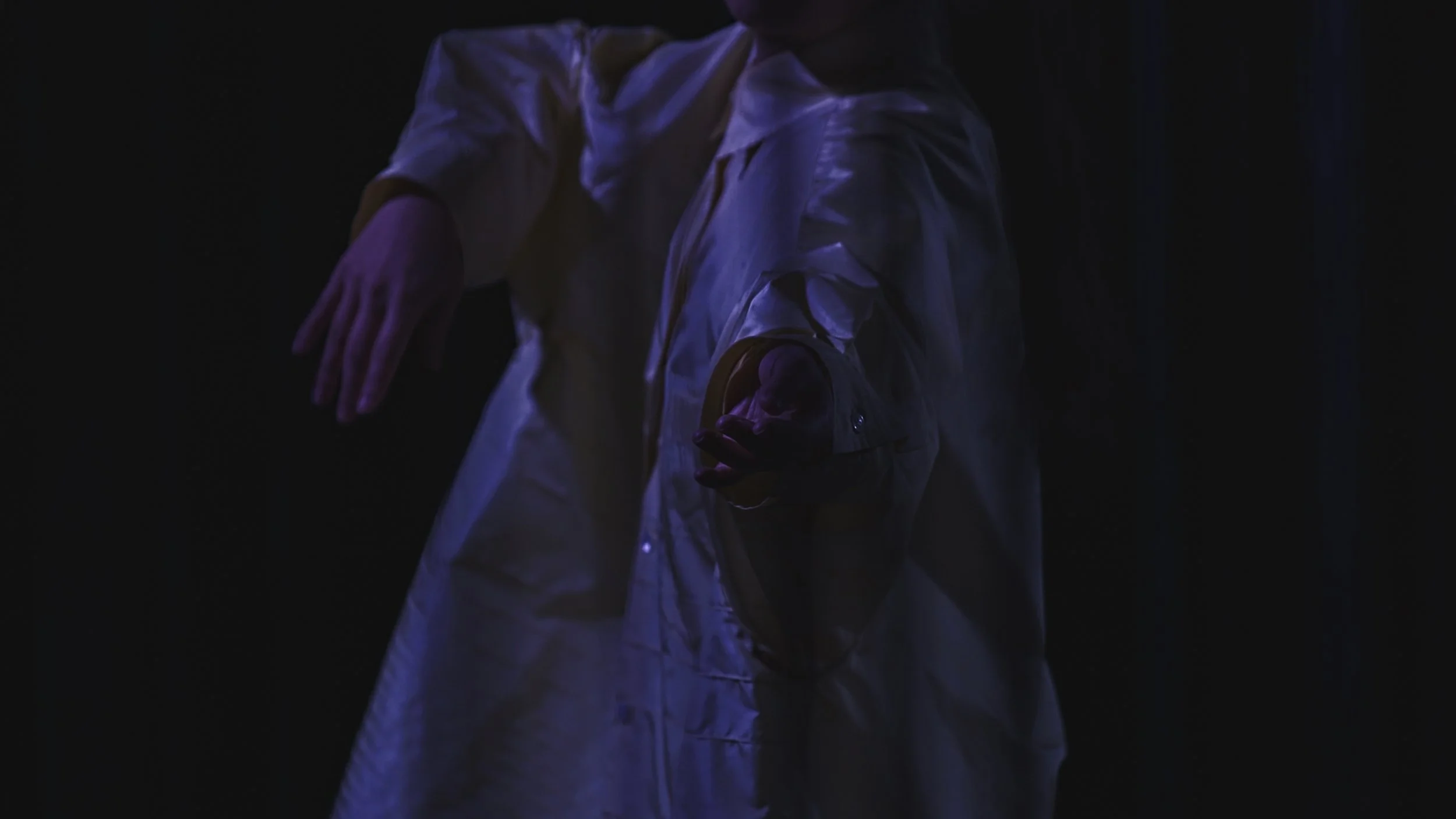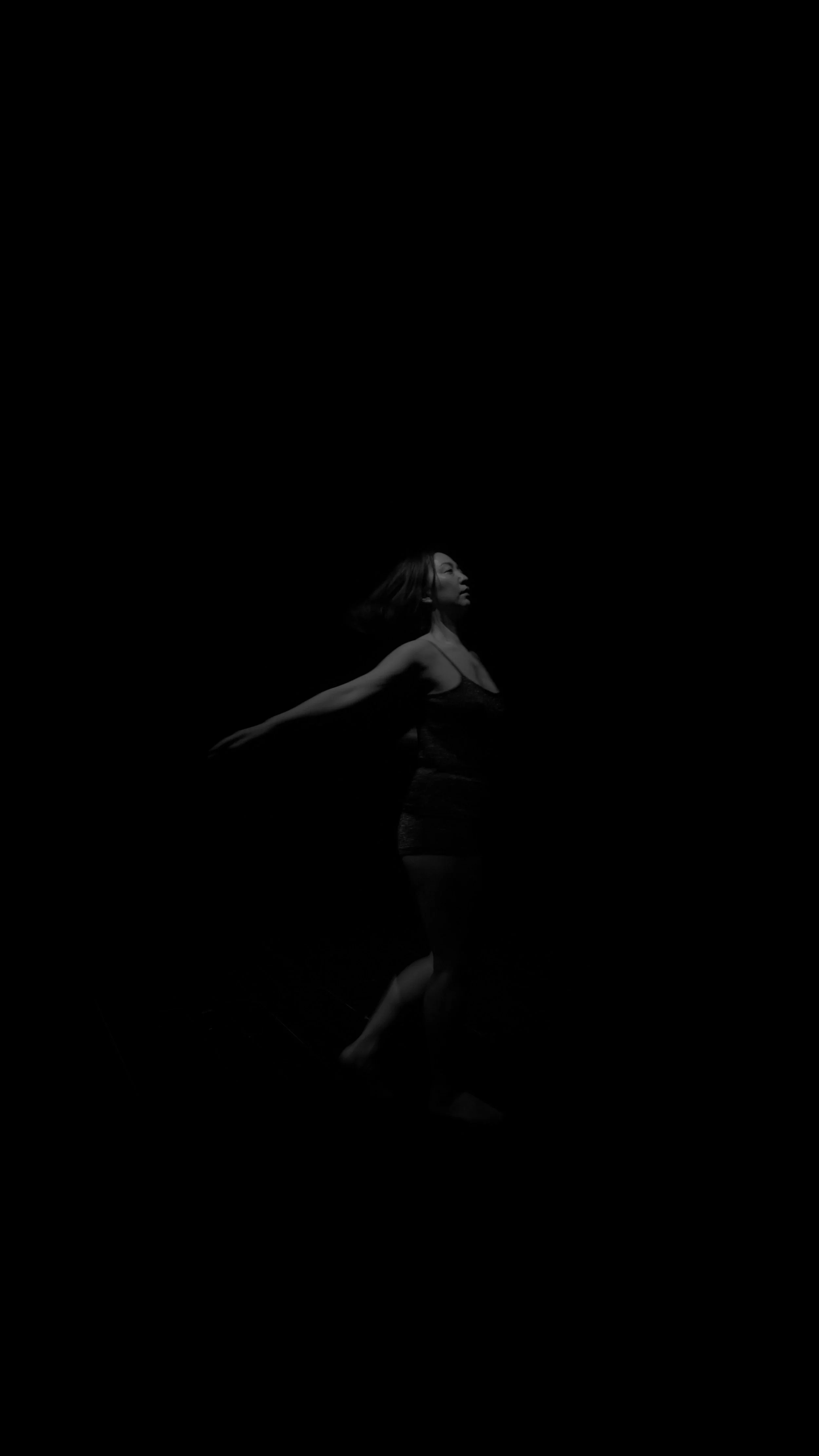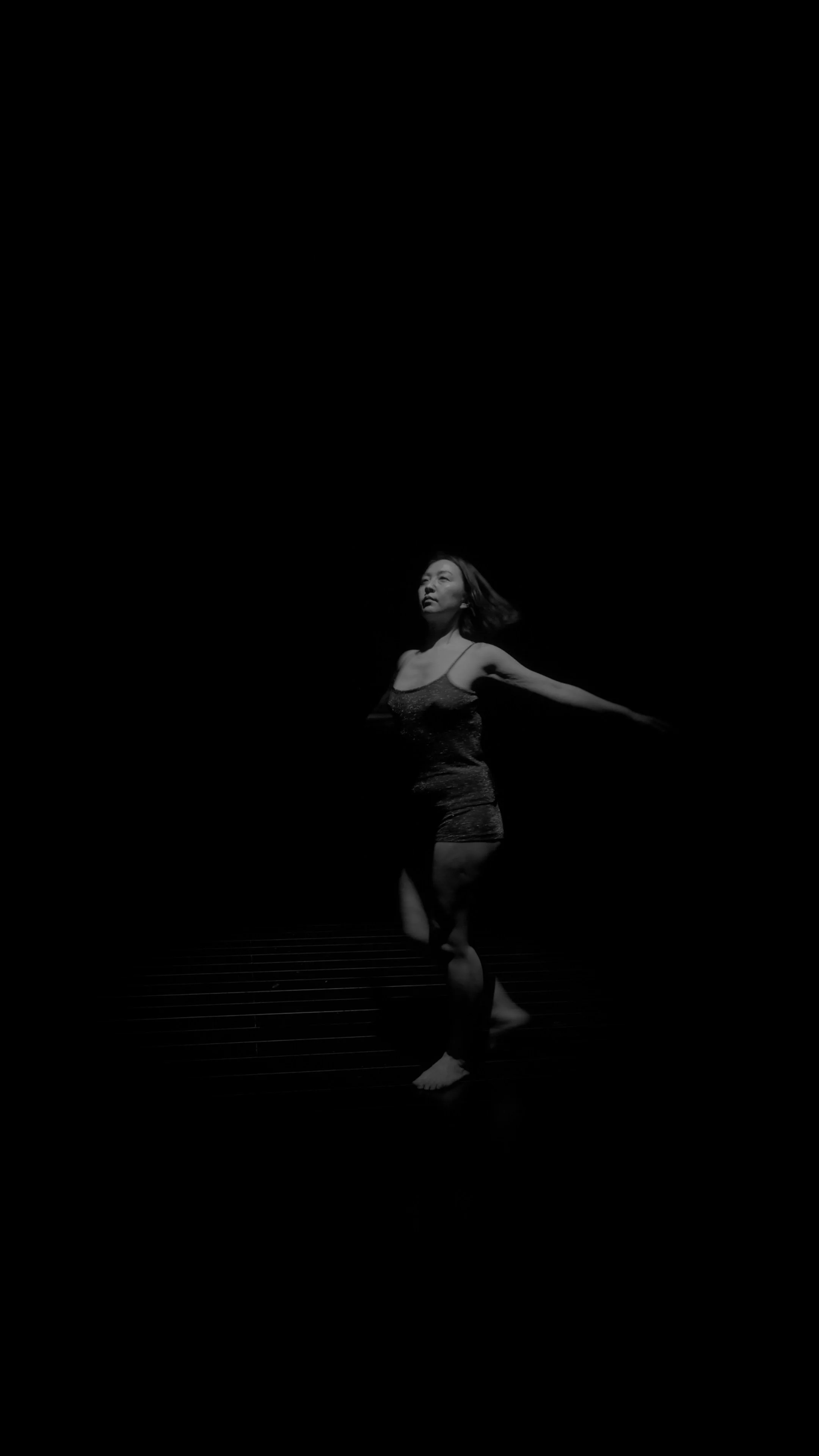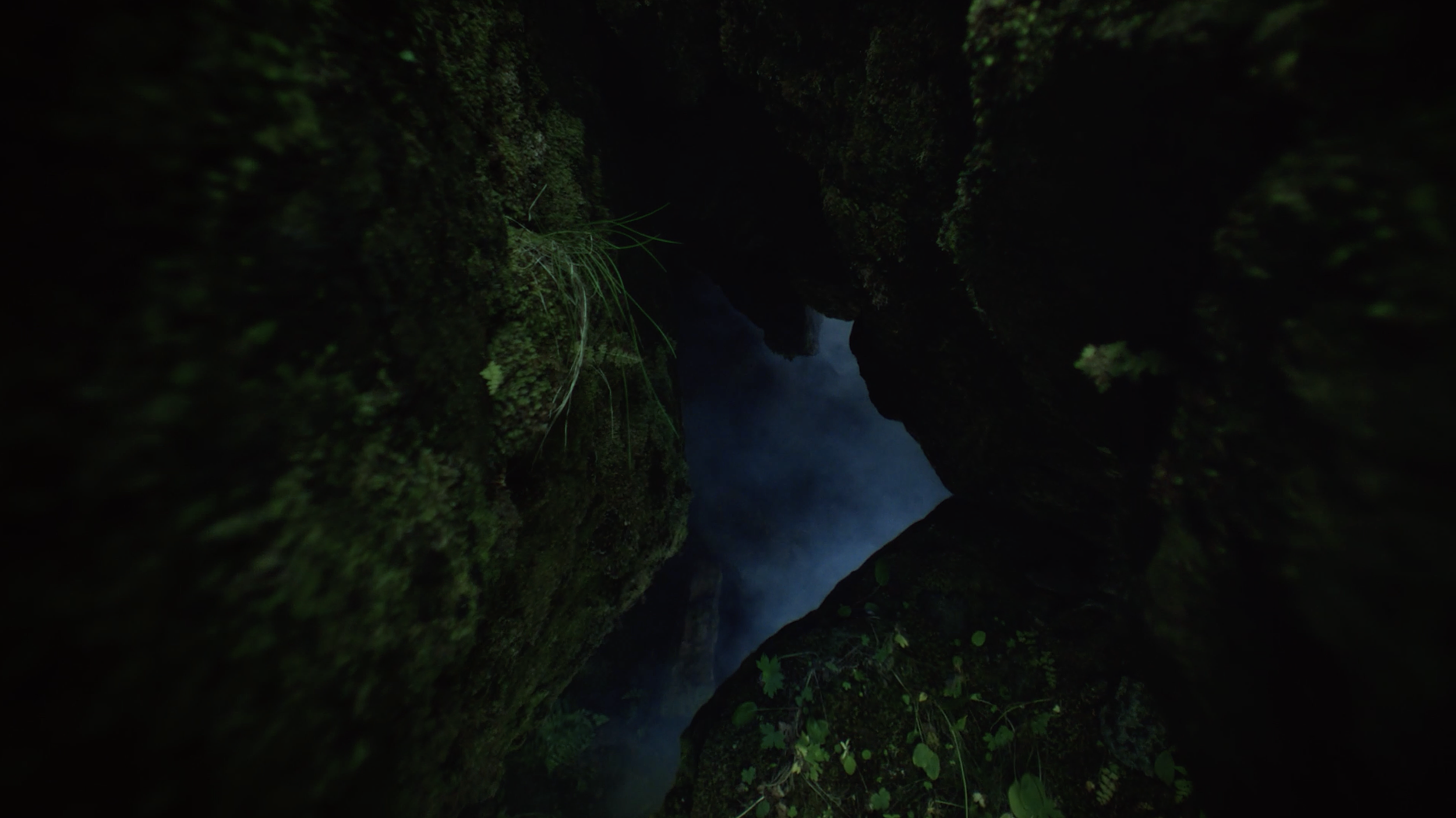
LEE YANGHEE
CHOREOGRAPHIC ART
“Performing is about bringing all my past time back to the time of the performance I'm doing right now. Placing everything in front of the audience continues from the beginning to the end of the running time. Performing arts is really not easy because it has all the variables that an organism, the body, responds to in a space where temperature, texture, and physical conditions change every minute. To dance manifests a certain weight, nobility, and great responsibility. And it's presented in such a flash.”
Yanghee Lee, from 『Flesh Stone Oil』
Lee Yanghee is an artist who works with the language of performing art, creating temporal theatres and presenting her work in the form of exhibitions. Beginning as a Korean Traditional Dance (Shinmuyong), and an active participant in the underground club culture that revived in Korea in the 1990s, Lee penetrates the hybrid and uncharted territory of ‘traditional and contemporary art’ with the history of her own body. By deeply exploring the unique attributes and archetypes of Korean dance, Lee addresses everything that constitutes ‘dance’ itself - the body, pleasure, and form - as the subject of her work. She reflects on the conventions and hierarchies of ‘tradition’ born out of the Western-centered and Japanese-led modernisation process and dreams of a new total art, ‘gathering through dance’.
She has been an artist-in-residence at New York Live Arts (2011) and Movement Research (2014-2016) and was a recipient of a fellowship from the Asian Cultural Council (2016). Some of her notable works include Shimmering, Aficionado, Twixt, Twig, Hedonist, Hail, Gesamtkunstwerk, Dusk, and Unlearn: Form and Cliché. Her major solo exhibitions include Axis and Feet (The Page Gallery, 2024), IN (Whistle, 2024), and Hail (d/p, 2020). She has also participated in group exhibitions such as Seeing in the Dark (Busan Biennale, 2024), Big Brother Blockchain (Nam June Paik Art Center, 2024), Theater: Post Media and Site (Busan Museum of Art, 2023), Landscape of Life: Hello Again Today (Ulsan Art Museum, 2023), Play, Pause, Repeat (BOAN1942, 2023), Flesh Stone Oil (WESS, 2022), and The Golden Age of the Gold Rush (Ilmin Museum of Art, 2020)
Lee Yanghee’s Shimmering is the final work in her Dance's Pleasure trilogy, following Gesamtkunstwerk(2019) and Hail (2020). Combining traditional Korean dance (Shinmuyong) and 1990s rave culture with visual art, fashion, and electronic music, the work unfolds like a symphony, with a flow of themes, compositions, and variations. Revealing a radiant state where discipline and pleasure intersect, Lee's unique dance vocabulary invites both dancers and audiences into a vivid space of physical intensity, cultural memory, and shared pleasure.
Selected works: Performance
Yanghee Lee navigates the intersections of heritage and contemporary performance, delving into the fundamental essence and form of Korean dance. In her latest works, LEEYANGHEE SANJO and LEEYANGHEE IPCHUM, she reconstructs the principles and techniques she has mastered, integrating contemporary dance elements in attempts to overcome the challenges of inheriting intangible cultural heritage.
These works originate from shin muyong (New Dance), a modernized form of Korean dance shaped by Western theater conventions during Korea’s modernization. Lee reinterprets sanjo and ipchum - two dance styles that evolved within this tradition - creating a unique fusion of tradition and contemporary.
Gesamtkunstwerk is a new total art form based on the dance elements and characteristics of Yanghee Lee, a longtime researcher of Korean traditional dance – one that combines live performance, botanical object installations, fashion, food and drink, and mingling with viewers with Argentinian tango party and milonga festivities.
The ‘banquet’ will take place for three hours on November 29 and 30 in Ilhwadang, at Samcheonggak. Through “Unlearn,” the model and paradigm for thinking are to become an independent performance in ‘Practice’ form. This is to be presented in the form of brief internal vignettes within an ongoing tango suite (tanda), realized through variations and fragmented representations at the Ilhawdong milonga.
Dusk is an attempt to recall the rare instances of awakening that we encounter in life and share them in a perceptible way. It is an experiment in re-mediating those specific moments through the body, translating them into different artistic forms such as music, video, installation, and design in order to construct them into an integrated choreographic whole.
The work traces its origins to an experience of personal loss borne by the choreographer ten years ago. After the death of someone close, the artist went through a period of confusion as she considered their relationship. She would go every day to walk by the river; one day at sunset, she experienced a moment where she seemed drawn into a deep bluish time and space. An experience of welcome—as though standing alone in an unknown time and space—became inscribed in her body and memory, as did a profound awareness of herself within that time and space. For the past decade, the artist has used that moment as an index to develop works of text, photography, and performance on the theme “dusk.” But Dusk does not exist to share her personal experience of transcendence or process of realization. It signifies a perception of moments of realization through the relationship between herself and the time and space outside the body. Of the many elements that constitute that relationship between the self and external time and space, the artist has selected the two that has the most powerful impact on her—the tumult and trembling of external space and time and the perception of “negative space” surrounding the subject—and constructed the negative space through performance, page, and screen.


